On June 22, the launch operator ULA (a joint venture of Boeing and Lockheed Martin) successfully launched the Delta IV Heavy rocket. It placed into orbit the NROL-68 satellite, which belongs to the U.S. National Reconnaissance Office.
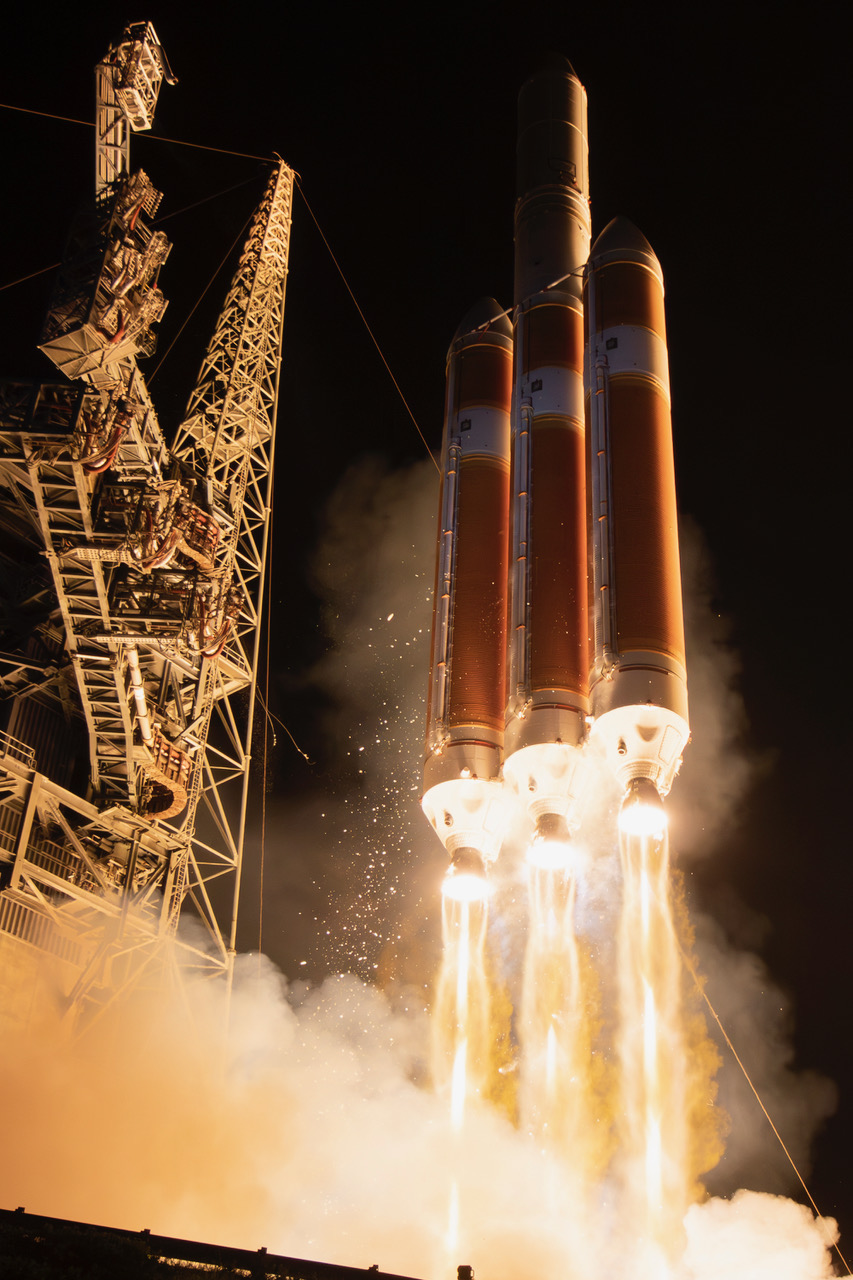
Shortly after the launch, ULA and photographers present at the spaceport shared a series of impressive photos showcasing the ascent of the Delta IV Heavy. One distinctive feature of this rocket, which makes its launches particularly spectacular, is the fiery cloud that surrounds it a few seconds before liftoff, giving the impression of an accident.
This unique characteristic is due to the fact that the Delta IV Heavy is an oxygen-hydrogen rocket. It utilizes liquid hydrogen as fuel and liquid oxygen as an oxidizer. Five seconds before the rocket lifts off from the launch pad, hydrogen is introduced into its engines (necessary for cooling pipelines and power unit components). As this gas is lighter than air, it rises along the external surface of the rocket, mixing with the surrounding air.
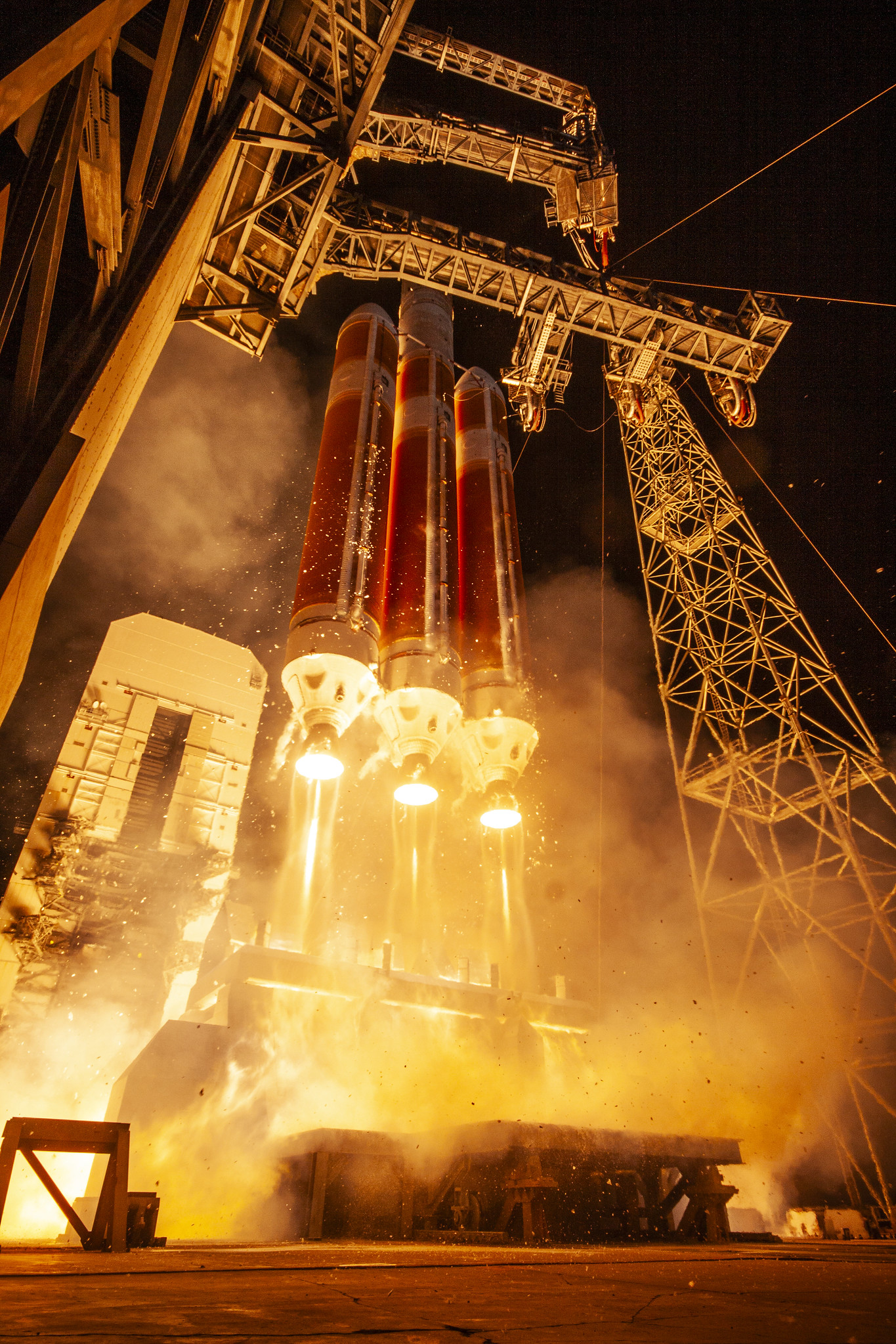
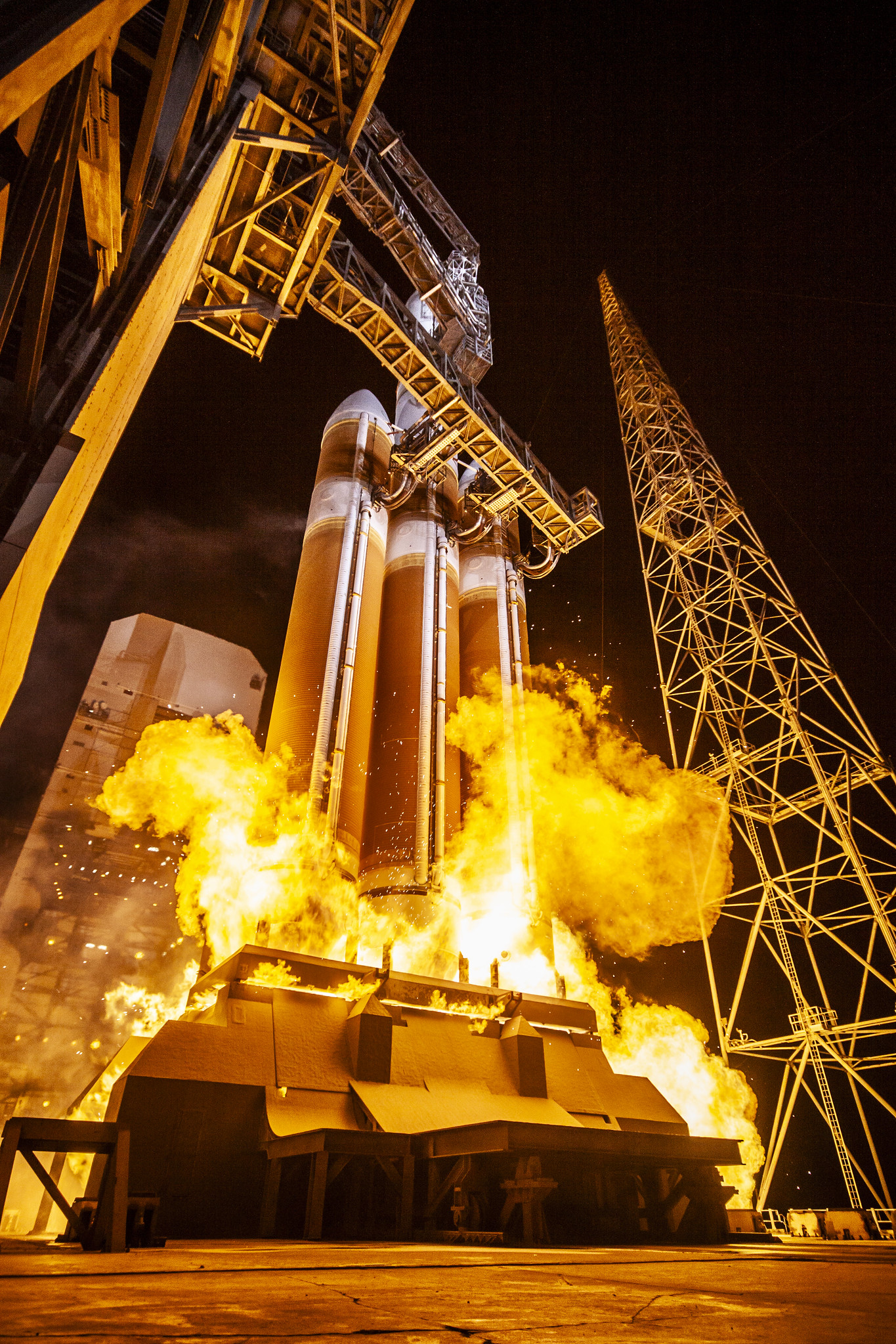
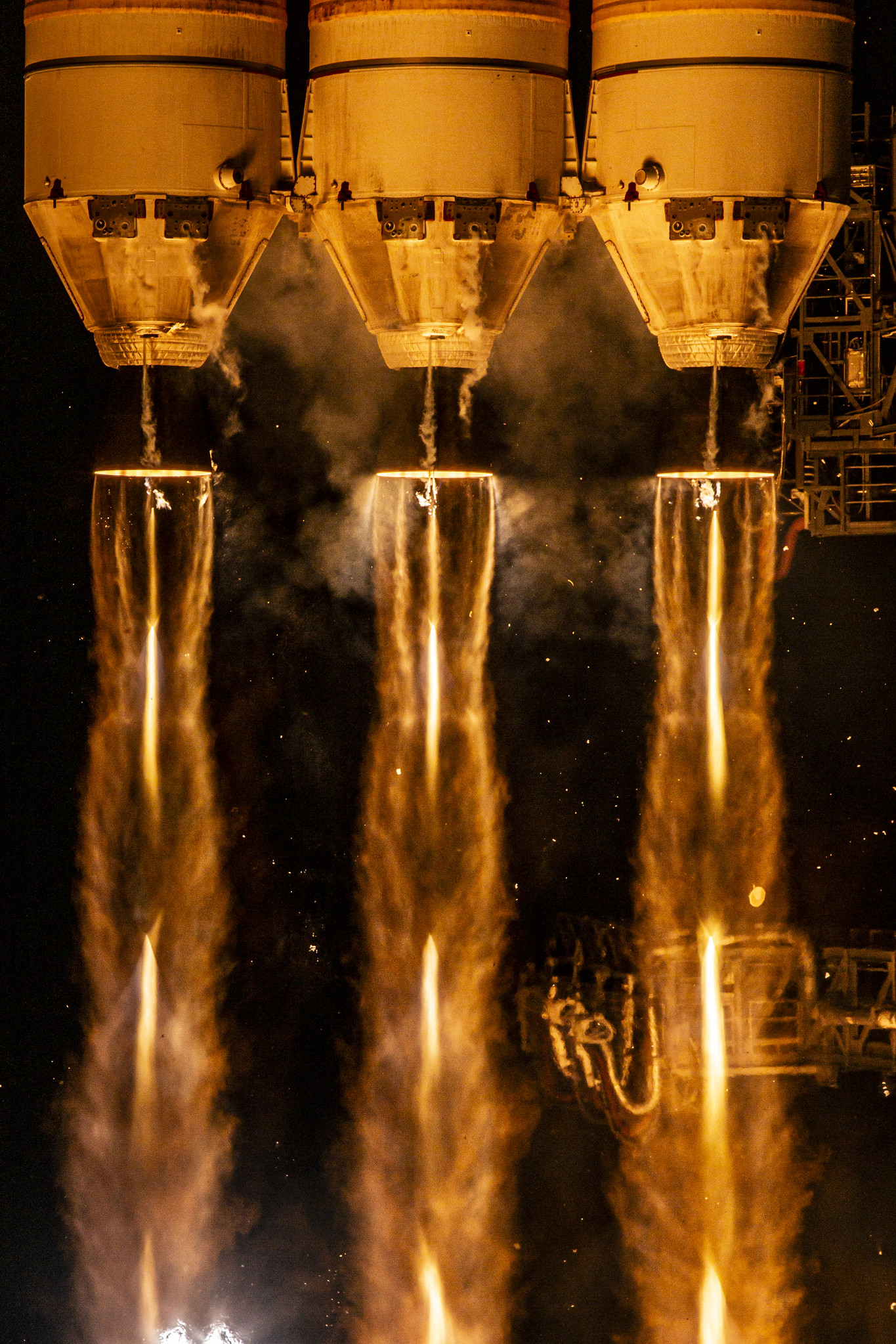
Two seconds later, liquid oxygen starts flowing, and upon ignition, the hydrogen surrounding the rocket ignites, creating the distinctive fiery ball. This is a normal part of the launch procedure. The design of the Delta IV Heavy accounts for the occurrence of the fiery cloud.
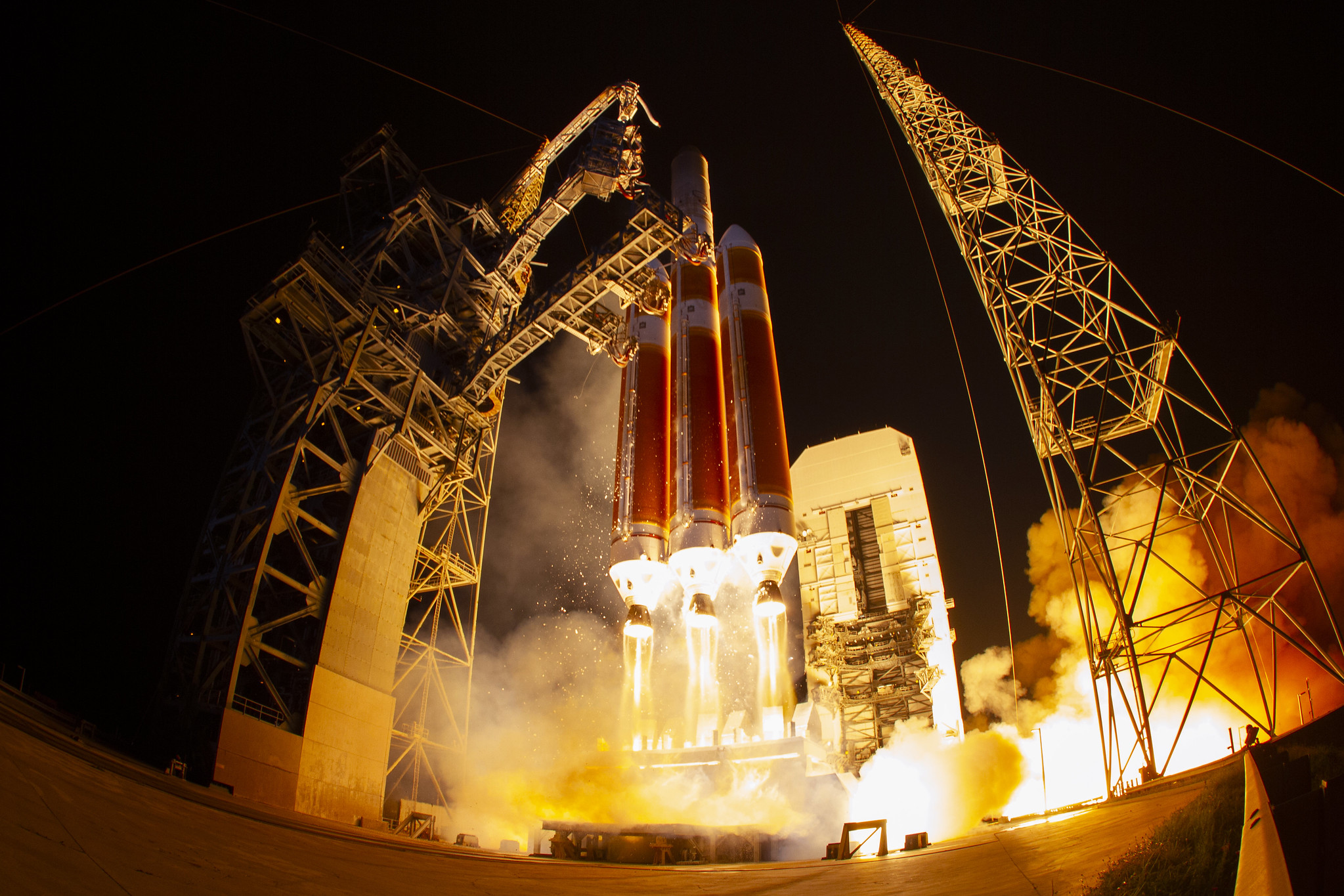
It is worth noting that this was the second-to-last launch of the Delta IV Heavy. Next year, the rocket will send another payload for the U.S. National Reconnaissance Office before being retired. It will be replaced by the new Vulcan carrier.
Source: ULA

